A tattoo is a permanent or temporary mark on the body which is created by ink, dyes or pigments. The process of tattooing is to embed the color in the skin’s dermis layer, which retains the ink in the blood and creates a mark or design on the skin’s upper layer. The tattoo shows an individual’s personal, emotional and cultural expression.
The types of tattoos include Permanent tattoos, which are long-lasting tattoo types created by injecting ink into the skin. Temporary tattoos offer short-term body art that fades or removes after a few days or weeks. Cosmetic tattoos build up facial features such as eyebrows, eyeliner, or lips to provide a semi-permanent design for an aesthetic look.
Popular tattoo styles include American Traditional, which uses bold outlines, limited colors, and classic motifs like anchors and roses for tattoo art. Realism style tattoos create lively images, such as portraits or natural scenery, with detailed shading. Watercolor tattoos are like painting techniques with soft, blended colors and minimal outlines for an artistic tattoo look.
Current tattoo trends in 2025 include Cybersigilism, which blends futuristic symbols and digital motifs to create mystical tattoos that are popular in Gen Z. Nostalgic Realism combines hyper-realistic imagery with elements that evoke personal or cultural nostalgia. Fine Script tattoos give clean, flowing lines, perfect for tattoos which include quotes or names.
In the United States, tattooing is controlled by federal, state, and local rules. The Food and Drug Administration (FDA) checks the safety of tattoo inks but does not regulate how tattoos are performed. Texas and Florida allow tattooing at the age of 18, though some allow minors with parental consent.
Local jurisdictions require permits and records of tattoo licenses, which are seen in cities like Chicago and Seattle. California’s Safe Body Art Act and New York’s Public Health Law Article 27 provide frameworks for safe and hygienic tattooing.
What is a tattoo?
A tattoo is a specific type of body alteration in which ink is injected or embedded in the skin to create a desired tattoo mark. To do skin tattooing, tattoo artists use an electric tattoo machine that uses sterilized needles to deposit the ink in the skin’s dermis layer.
According to The Tattoo History Source Book by Steve Gilbert, tattooing has a history of over 5,000 years. The oldest known example is Otzi the Iceman, who lived around 3370 BCE and had many tattoos on his body. In cultures like the Maori of New Zealand, traditional tattoos called “Ta moko” have been used for centuries to show family history, social rank, and personal accomplishments.
In the United States, tattoos became popular in the 20th and 21st centuries, and many US people get tattoos to mark events, show identity, or reflect beliefs. Tattoos are accepted among US adults aged 18 to 35. Some older people still see the tattoo culture negatively because of past links to sailors, prisoners, and gangs.
According to a Pew Research Center survey, 32 percent of U.S. adults have a tattoo, and 22 percent have more than one. About 69 percent got a tattoo to honor someone or something, and 47 percent to express their beliefs, showing tattoos have personal meaning for many people.
What is the main purpose of a tattoo?
The main purpose of a tattoo is to express personal meaning, identity, culture, or individual style in a symbolic way. People use tattoos to tell meaningful stories, represent their beliefs, and show cultural or group connections such as religious faith, tribal heritage, military service, or membership in social groups. For some people, tattoos provide a sense of healing, strength, or empowerment during or after difficult experiences.
What are the main components of a tattoo machine?
The main components of a tattoo machine are listed below.
- Frame support: A tattoo device has a solid frame that holds parts such as coils and the armature bar. The frame gives balance and structure during tattoo use.
- Electromagnetic function: Traditional tattoo equipment uses electromagnetic coils that create force to move the needle with precision under the skin.
- Armature bar movement: A tattoo setup includes an armature bar that moves up and down to push pigment into the skin with accuracy and detail.
- Spring tension: Tattoo machines have springs that control needle pressure and rhythm to keep ink flow smooth and steady.
- Contact screw adjustment: A tattoo system uses a contact screw to adjust stroke length and pressure for better control during tattoo work.
- Needle and tube system: A tattoo device has a tube that holds the needle and directs ink into the skin in a clean and controlled way.
- Grip stability: Tattoo tools have a firm grip that gives the artist comfort and accuracy during long tattoo sessions.
- Power supply Connection: Electric tattoo machines use a power unit that delivers current to run the machine with stable needle motion.
- Rotary mechanism: A rotary tattoo tool uses a motor, cam wheel, and needle bar instead of coils to produce smooth and quiet operation.
What are the types of tattoos?
The types of tattoos include permanent tattoos, temporary tattoos, cosmetic tattoos, medical tattoos, traumatic tattoos, amateur tattoos, and professional tattoos. These types show how tattoos vary in how they are made, how long they last, and what they mean in terms of cultural symbols.
The types of tattoos are listed below.
- Permanent Tattoos
- Temporary Tattoos
- Cosmetic Tattoos
- Medical Tattoos
- Traumatic Tattoos
- Amateur Tattoos
- Professional Tattoos
Permanent Tattoos
Permanent tattoos are a type of tattoo that is made by injecting ink into the dermis layer of skin using tattoo machines such as coil machines, rotary machines, and pen-style machines. These tattoos last for life and carry cultural, personal, or symbolic meaning. Permanent tattoos include Maori Ta Moko tattoos, which show a person’s achievements or social status.
Temporary Tattoos
Temporary tattoos are a type of tattoo that is made by injecting ink into the epidermis layer, which is the outer layer of skin, and that is why these types of tattoos fade in a few days or weeks. They are painless and used for celebrations or cultural rituals. Temporary tattoos include Henna tattoos, which are applied during weddings and festivals in India and the Middle East.
Cosmetic Tattoos
Cosmetic tattoos, also called permanent makeup, are used to add color to areas like eyebrows, eyelids, or lips. These tattoos improve facial appearance and reduce the need for daily makeup. Common forms include eyebrow tattoos, which create fuller brows and help people with hair loss or skin conditions.
Medical Tattoos
Medical tattoos have practical health purposes such as marking treatment spots, covering scars, or recreating body parts after surgery. These include small dots to guide radiation therapy or tattoos to restore the look of an areola after breast reconstruction.
Traumatic Tattoos
Traumatic tattoos happen by accident when particles like dirt or pencil lead enter the skin during injuries. They leave permanent marks but are not intentional. A common example is a dark spot left on the skin after a childhood accident involving pencil lead.
Amateur Tattoos
Amateur tattoos are done by untrained individuals using basic tools. They are usually permanent but less accurate and carry more risk than professional tattoos. Homemade tattoos done with needles and ink in prisons or informal settings are common examples.
Professional Tattoos
Professional tattoos are applied by skilled artists using clean equipment and tattoo machines. These tattoos are detailed, safe, and follow health standards. Modern Japanese Irezumi tattoos, showing koi fish, dragons, and floral designs, are made using both electric and traditional methods by trained artists.
What are the different styles of tattoos?
The different styles of tattoos include Traditional (American Traditional), Neo-Traditional, Realism, Japanese, Watercolor, Blackwork, Dotwork, and Trash Polka. These styles each have their own unique look, techniques, and cultural influences, allowing people to choose designs that reflect their personality, background, or artistic taste.
The different styles of tattoos are listed below.
- Traditional (American Traditional)
- Neo-Traditional
- Realism
- Japanese
- Watercolor
- Blackwork
- Dotwork
- Trash Polka
- Fine Line
Traditional (American Traditional)
American traditional is a classic style tattoo that features bold black outlines, simple shading, and a limited color palette of red, green, and yellow. Common tattoo include roses, anchors, swallows, and skulls, symbolizing themes like bravery and freedom, made famous by Sailor Jerry’s iconic designs during the mid-20th century.
Neo-Traditional
Neo-Traditional tattoos are a modern style of tattoo that uses rich, varied colors and deeper shading. While still using bold outlines, this style includes more ornate and painterly details, to tattoos like animals, women, and nature-inspired elements, adding depth and elegance to classic motifs.
Realism
Realism tattoos are a real-life tattoo design that is created using smooth shading and precise detail. This tattoo style reflects portraits, landscapes, or animals with lively illusion, mostly in black and grey or full color to reflect strong emotions and personal connections.
Japanese
Japanese tatttoo style is a an old traditional style which includes large compositions filled with mythological creatures like dragons, koi fish, tigers, and samurai warriors. These tattoos use bold outlines, rich colors, and storytelling imagery to express values like strength, honor, and protection to body.
Watercolor
Watercolor tattoo style is a soft, flowing look of tattoo designs. It uses bright splashes of color and gradients, which replace outlines and creates an expressive, dreamy appearance on skin. Common subjects of tattoos include flowers, birds, and abstract designs with colors that seem to bleed and blend across the skin.
Blackwork
Blackwork tattoo style rely entirely on solid black ink to form bold patterns, sacred geometry, tribal art, or modern abstract pieces. These tattoos use contrast and negative space for strong visual impact that covers large areas with symmetry and intensity.
Dotwork
Dotwork tattoo style creates texture, shading, and detailed forms without using solid lines. Dotwork is used to form mandalas, spiritual geometry, or realistic subjects like animals or skulls, offering a soft yet intricate look through thousands of carefully placed dots.
Trash Polka
Trash Polka tattoo style was developed in Germany which mixes realistic imagery with abstract graphic elements using mostly black and red ink. It creates a chaotic, collage-like effect with photorealistic faces, brush strokes, smudges, and text that combine realism with grunge-style visuals.
Fine Line
Fine line tattoo style features ultra-thin lines to create clean, delicate designs with high precision. Popular for small, minimalist artwork like flowers, stars, and handwritten quotes, this style is subtle and elegant, offering a refined aesthetic suitable for discreet or detailed tattoos.
What are the different trends of tattoos in the United States?
The different trends of tattoos in the United States are Cybersigilism, Neo-Traditional, Nostalgic Realism, Tramp Stamp Revival, Fine Script, Retro Aesthetic, Micro Realism, Florals, and Charms. These trends reflect evolving styles, personal expression, and cultural influences popular among different generations and social groups.
The different tattoo trends in the United States in 2025 are listed below:
- Cybersigilism
- Neo-Traditional
- Nostalgic Realism
- Tramp Stamp Revival
- Fine Script
- Retro Aesthetic
- Micro Realism
- Florals
- Charms
Cybersigilism
Cybersigilism is a tattoo trend embraced by Gen Z for its bold mix of technology and spiritual symbols. These tattoos feature sharp, digital-style lines that look like futuristic codes or runes. Celebrities like Dua Lipa and Grimes have helped popularize this style. Dua Lipa has a thorny rose on her arm, while Grimes is known for her tech-inspired tattoo choices. This trend merges technology and spirituality in visually striking designs.
Neo-Traditional
Neo-traditional tattoo is a modern trend that offers a classic American traditional art, featuring bold outlines paired with richer color palettes and deeper shading. Animals, flowers, and portraits are common tattoo subjects, with illustrative detail. Artists and celebrities alike continue to embrace this timeless yet contemporary style.
Nostalgic Realism
Nostalgic realism brings memories to life through its hyper-realistic depictions of childhood toys, video games, or vintage pop culture icons. With lifelike shading and fine detail, this tattoo trend captures sentimental value and playful nostalgia. Figures like Post Malone contribute to its popularity with ink that recalls beloved characters from earlier eras.
Tramp Stamp Revival
The lower back tattoo, once labeled as a “tramp stamp,” is making a bold return with a modern twist. Tramp Stamp tattoo trends now include elegant script, symmetrical patterns, or ironic Y2K-inspired artwork. This reclaimed trend celebrates body autonomy and style, with public figures like Bella Hadid sparking its resurgence.
Fine Script
Fine script tattoos use thin, soft handwriting or calligraphy. People love to place fine script tattoos on the collarbone, ribs, or wrist. These tattoos show names, dates, or short quotes that have personal meaning. Selena Gomez has several fine script tattoos that show this simple and elegant style.
Retro Aesthetic
Retro aesthetic tattoos are inspired by the 80s, 90s, and early 2000s. They include colorful designs like pixel art, cassette tapes, smiley faces, and neon shapes. These tattoos feel fun and nostalgic. Billie Eilish helps make this style trendig by choosing retro vintage-themed tattoos.
Micro Realism
Micro realism tattoos are very small but highly detailed. They show animals, people, or scenes in soft colors or black and grey. Even though they are tiny, the designs are very realistic. Zoë Kravitz has many small tattoos in this style that show beautiful detail in a small space.
Florals
Floral tattoos show flowers in soft lines and graceful shapes. Some look like watercolor or abstract art. Each flower can have a special meaning, like a birth month, memory, or family connection. Miley Cyrus has several floral tattoos that show how this style can be both personal and artistic.
Charms
Charm tattoos look like a row of tiny symbols, similar to a charm bracelet. They go along the wrist, ankle, or collarbone. Each charm stands for something special, like a loved one or a life event. Hailey Bieber has small charm-like tattoos on her fingers and wrists that show this sweet and meaningful style.
What key factors should you consider before getting a tattoo?
Before getting a tattoo, keep in mind important factors such as following aftercare instructions, avoiding alcohol beforehand, and wearing comfortable clothing.
Consider your pain tolerance, carefully select your design, and research both the tattoo process and the artist. Tattoos are permanent, so choose wisely and schedule your session at a time that allows for proper healing.
The key factors you should consider before getting a tattoo are listed below:
- Aftercare Instructions
- Avoid Alcohol
- Dress Comfortably
- Pain Tolerance
- Choosing the Tattoo
- Do Your Research
- Research Your Artist
- Tattoos Are Permanent
- Timing
1. Aftercare Instructions
Many people don’t realize how important aftercare is. If you don’t keep your tattoo clean and moisturized, or if you expose it to the sun, pools, or sweat too soon, you can get infections, scars, or fading. Keep in mind: Poor aftercare can ruin even the best tattoos and might mean costly touch-ups or doctor visits.
2. Avoid Alcohol
Alcohol thins your blood. Drinking before your tattoo means more bleeding, patchy ink, and swelling. Keep in mind: Some tattoo shops cancel appointments if you show up drunk, wasting your time and deposit.
3. Dress Comfortably
Tight or rough clothes can stick to a fresh tattoo, causing pain and pulling off scabs. This can lead to uneven healing or infection. Keep in mind: Many people regret not wearing the right clothes, especially if they have to travel home with a sore tattoo.
4. Pain Tolerance
Tattoos can hurt a lot, especially in sensitive areas like ribs or ankles. Keep in mind: Underestimating the pain or overestimating how much you can handle might make your tattoo experience very stressful or cause you to stop halfway.
5. Choosing the Tattoo
Picking a design on a whim is a top regret. What seems cool now might not fit your style later. Keep in mind: Tattoo removal is painful, expensive, and doesn’t always work well. Think carefully before deciding.
6. Do Your Research
Not knowing what to expect can cause worry or problems. Keep in mind: People who don’t learn about the process or healing might panic at normal symptoms or pick a tattoo style that won’t heal nicely on their skin.
7. Research Your Artist
Going to a bad or unclean artist is risky. Keep in mind: Poor work can cause infections, messy ink spreading, or a tattoo that looks nothing like what you wanted. Always check the artist’s reviews, portfolio, and cleanliness.
8. Tattoos Are Permanent
Tattoos last a lifetime. Removal is possible but leaves scars and is expensive and painful. Keep in mind: If you’re not sure about your design or placement, you could regret it for years or face costly removal.
9. Timing
Getting a tattoo at the wrong time like before a beach trip, sports, or hard physical work—can hurt healing. Keep in mind: Many people regret not waiting for a better moment when they can properly care for their new tattoo.
What to know about tattoos in the United States?
In the United States, tattoos have become much more accepted over the past few decades. Once linked to rebellion or certain groups, they are now seen as a common way to express personal style, identity, and art. Many people choose tattoos for their meaning, cultural roots, or appearance.
The tattoo market in North America was worth over $860 million in 2024. It is expected to grow by nearly 9% each year until 2031. This growth is driven by more social acceptance and a wide variety of artistic styles.
The U.S. has played a major role in shaping global tattoo trends. American tattoo artists spread pattern sheets with designs like anchors, military symbols, flags, hearts, and religious images. These once-American styles are now popular worldwide, replacing older national styles.
Tattoo artists in the U.S. are skilled professionals who mix traditional and modern styles. Many focus on hygiene, creativity, and giving clients a personal experience. However, the industry still faces problems like weak rules in some states and unlicensed artists, which can affect safety and quality. Social media now helps artists show their work, reach new clients, and influence tattoo trends.
Tattoos in the U.S. have gone from a niche practice to a widely accepted art form. The industry is growing fast, but safety rules, artist quality, and social views still need attention from both artists and clients.
What are the latest AI trends in tattoo design?
The latest AI trends in tattoo design are listed below.
- AI-Generated Custom Designs: AI-generated custom designs are created using tools like Canva’s Magic Media™ and BlackInk AI. These platforms turn text prompts into detailed, unique tattoos, helping users create personal tattoo art even without drawing skills.
- AR/VR Previews and Virtual Try-On: AR/VR previews and virtual try-on apps let clients see how tattoos will look on their skin in real time. By placing AI-generated designs onto body images or live video, users can test tattoo placement, size, and style before getting inked.
- Style Replication and Artistic Mimicry: Style replication and artistic mimicry allow AI to copy well-known tattoo styles like realism, tribal, geometric, and watercolor. These tattoos are created by studying existing artworks, offering clients custom designs in their favorite artistic look.
- Ethical Debates Around AI Tattooing: Ethical debates around AI tattooing focus on the impact of technology on creativity. Some worry that AI tattoos reduce the role of human artists, while others believe AI expands access to tattoos and supports artists with new tools.
What are the best tattoo placements for minimal pain?
The best tattoo placements for minimal pain are listed below:
- Forearm
- Upper arm (outer bicep)
- Outer shoulder
- Calves
- Outer thigh
- Lower back
What are the most commonly used tattoo fonts?
The most commonly used tattoo fonts are listed below:
- Blackletter
- Best Tattoo Fonts
- Tattoo Script Writing Tattoo Font
- Familia Tattoo Lettering
- Incognito Tattoo Font
- Old English
- Cursive
- Kingside Tattoo Fonts
- Sans Serif Fonts
What are the best tattoo ideas for beginners?
The best tattoo ideas for beginners are listed below:
- Butterfly
- Geometric
- Nautical star
- Simple compass tattoo
- Simple flower tattoo
- Ancient symbols
- Arrow tattoo
- Astrology symbols
- Minimalist wave tattoo
How long does a tattoo take to heal?
A tattoo typically takes about 2 to 6 weeks to heal fully, depending on various factors. During this time, the skin goes through several important stages of recovery.
- Week 1: The tattooed area will be red, swollen, and may ooze ink or plasma as the body reacts to the needle’s trauma. Peeling and flaking begin toward the end of this week, similar to healing from a sunburn.
- Week 2 to 3: The skin continues to peel and itch as new skin forms underneath the scabs. It’s crucial to avoid scratching and to follow proper tattoo aftercare routines, such as gentle washing and moisturizing.
- Week 4 to 6: The outer layers of skin should be mostly healed, but deeper skin layers continue to recover. The tattoo’s colors will begin to settle and appear clearer.
- Per day: In the first few days, expect redness and swelling to be most intense, gradually reducing each day. Peeling usually starts around day 4 or 5 and lasts about a week.
What are the risks of getting a tattoo?
The risks of getting a tattoo is listed below:
- Infection: Tattoo infections can occur if unsterilized needles or equipment are used, increasing the risk of serious diseases like hepatitis or HIV.
- Allergic Reactions: Tattoo ink, especially in bright colors, can cause allergic reactions such as itching, swelling, or long-term skin irritation.
- Scarring and Keloids: Poor healing or sensitive skin can lead to tattoo scarring or raised keloids, affecting how the tattoo looks.
- Complications with MRI: Some people with tattoos may feel burning or swelling during MRI scans due to certain ink ingredients.
- Pigment and Ink Concerns: Tattoo inks may contain harmful metals or particles that could pose health risks, though more research is needed.
- Hiding Skin Conditions: Tattoos can cover early signs of skin conditions like cancer, possibly delaying important medical treatment.
How much do tattoos cost on average in the US?
Tattoo costs $50 to $500 per hour on average in the United States. Small and simple tattoos usually cost $50 to $150, while larger or more detailed tattoos can cost $1,000 to $5,000 or more.
The final price depends on the tattoo’s size, design, where it’s placed on the body, and how skilled or well-known the artist is.
Some artists charge by the hour, especially for big or custom tattoos, while others offer a fixed price for smaller ones.
How to choose a tattoo artist?
To choose a tattoo artist follow the steps that are listed below:
1. Review Their Portfolio: Check the artist’s tattoo portfolio to see if their style, detail, and quality match what you want.
2. Check Hygiene and Safety Practices: Make sure the studio uses clean tools, single-use needles, and follows proper tattoo safety and hygiene standards.
3. Read Client Reviews and Testimonials: Read honest reviews to learn about the artist’s professionalism, communication, and tattoo aftercare experience.
4. Verify Licensing and Certification: Confirm that both the tattoo artist and studio are licensed and certified by local health authorities.
5. Consult and Communicate: Meet the artist to discuss your tattoo ideas and see if they’re professional, helpful, and open to feedback.
6. Check Their Social Media Presence: Look at their social media to view recent tattoo work, client feedback, and how they interact with followers.
Can tattoos be removed completely?
Yes, tattoos can be completely removed using advanced laser treatments like PicoMax or PiQo4. These lasers break the ink into small particles that the body removes naturally.
Black ink is the easiest to remove, with success rates up to 90 per cent, while colors like red and yellow are more difficult. Smaller and older tattoos usually fade better and faster.
Complete removal depends on the tattoo’s size, ink color, location, skin type, and healing ability. It usually takes between 6 to 15 sessions with proper aftercare. If full removal is not possible, a cover-up tattoo can be a good option.

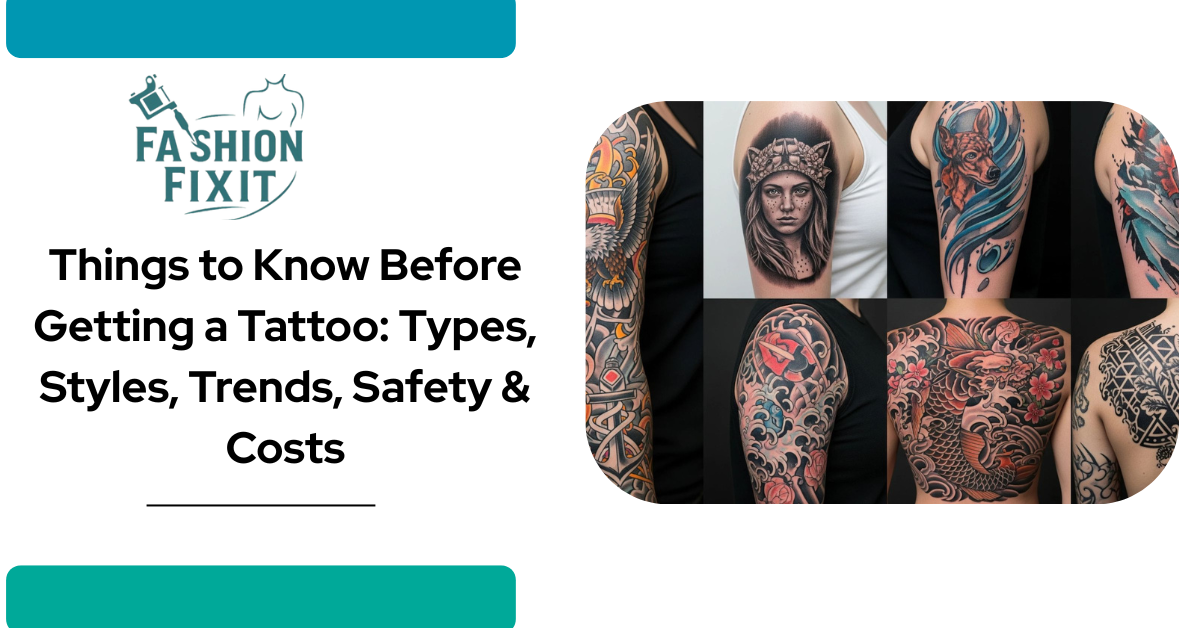
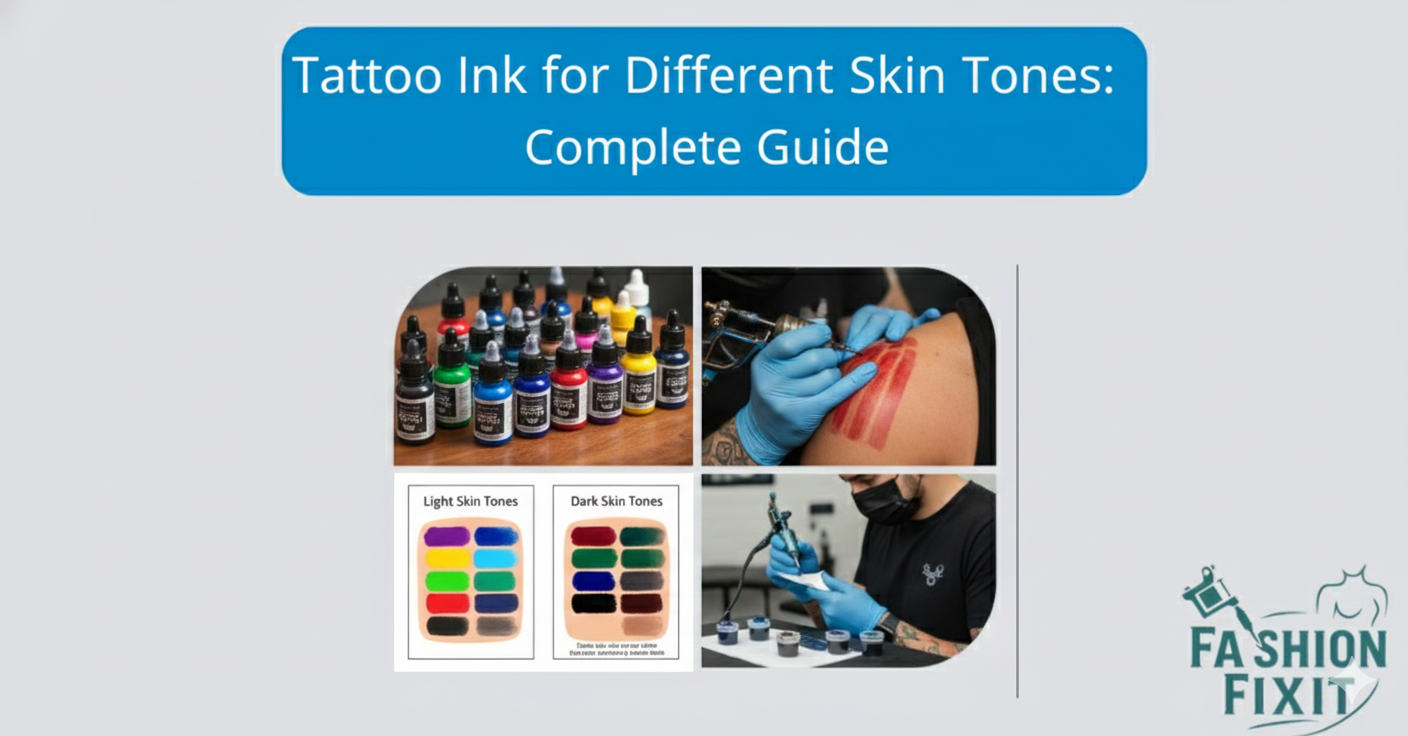
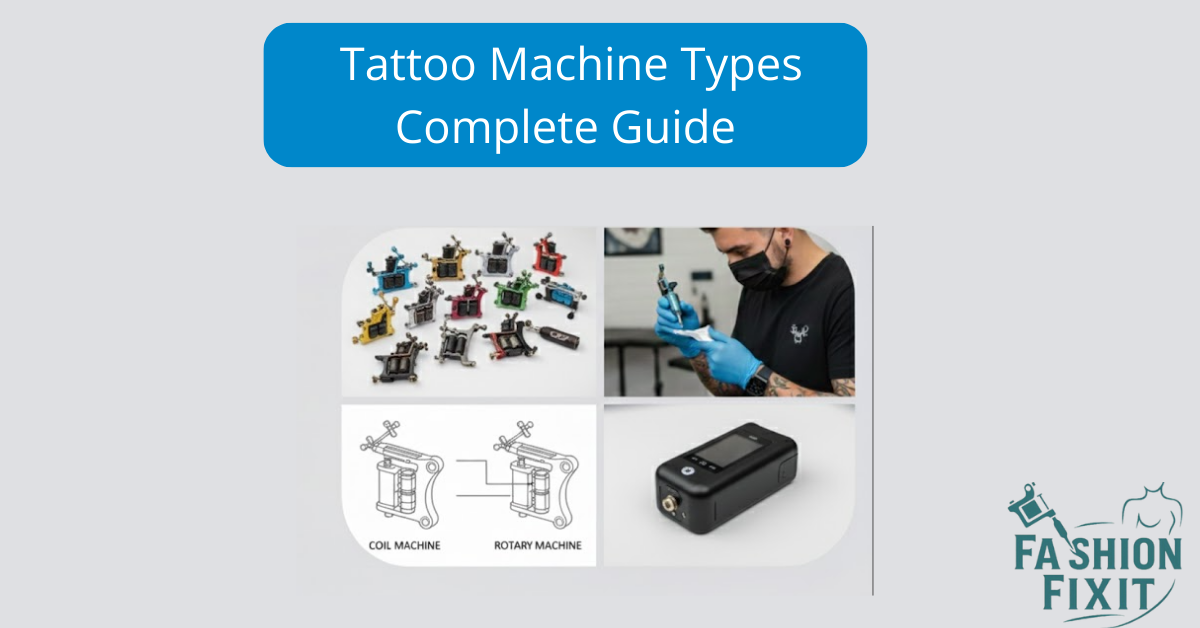
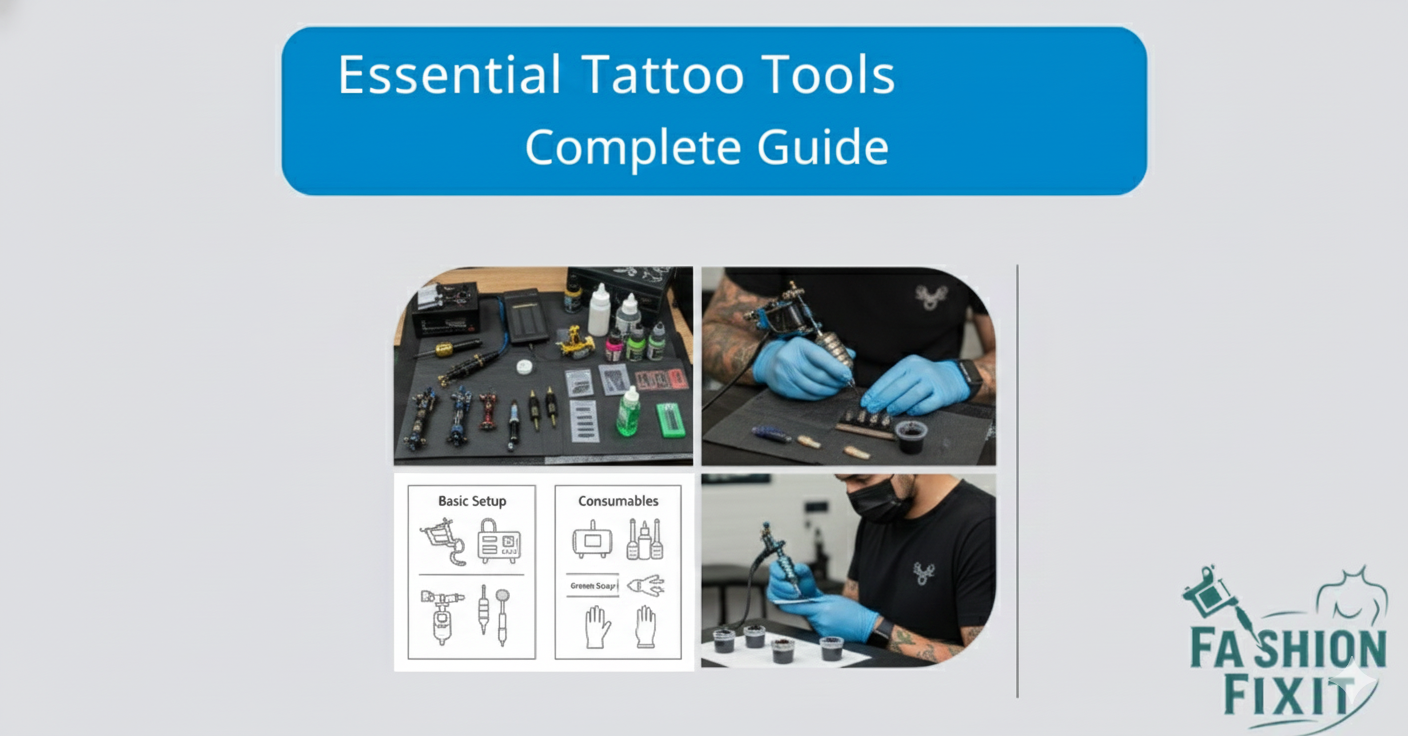
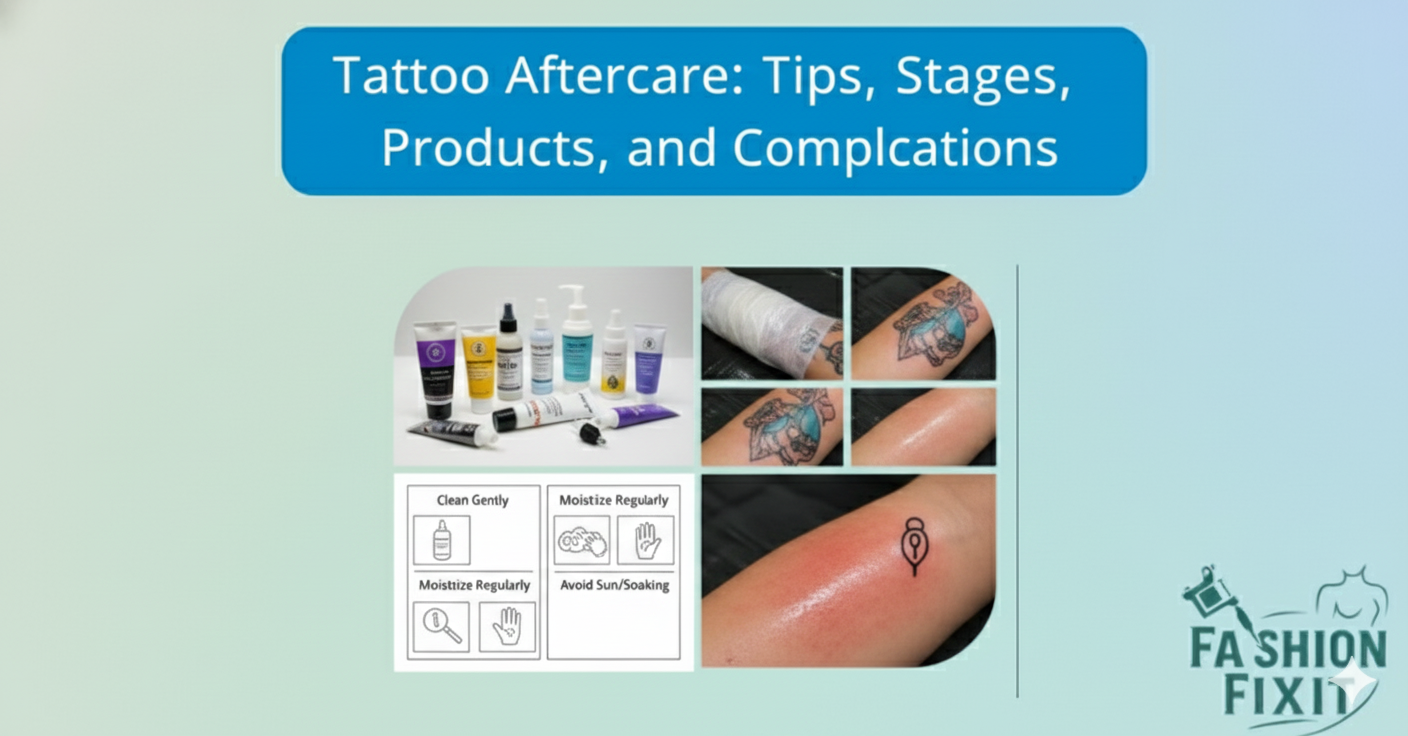
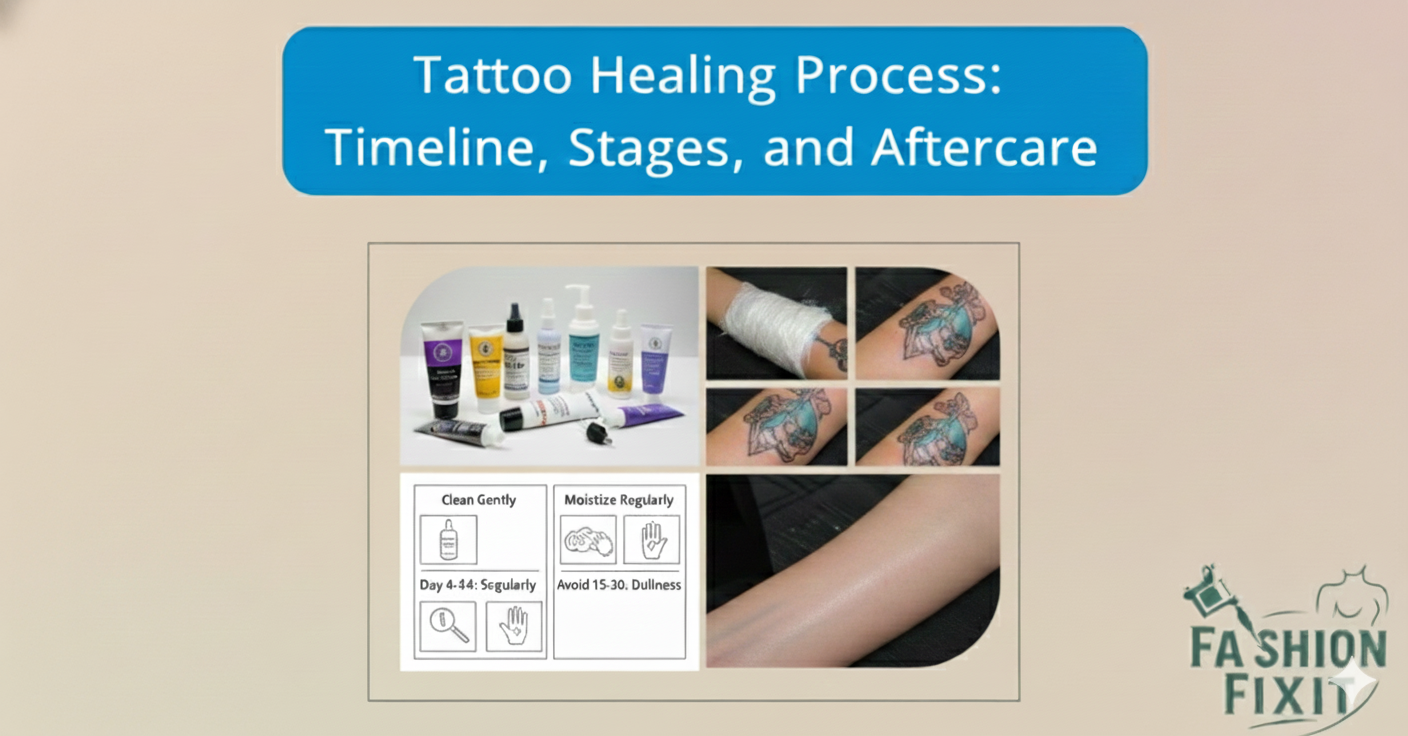
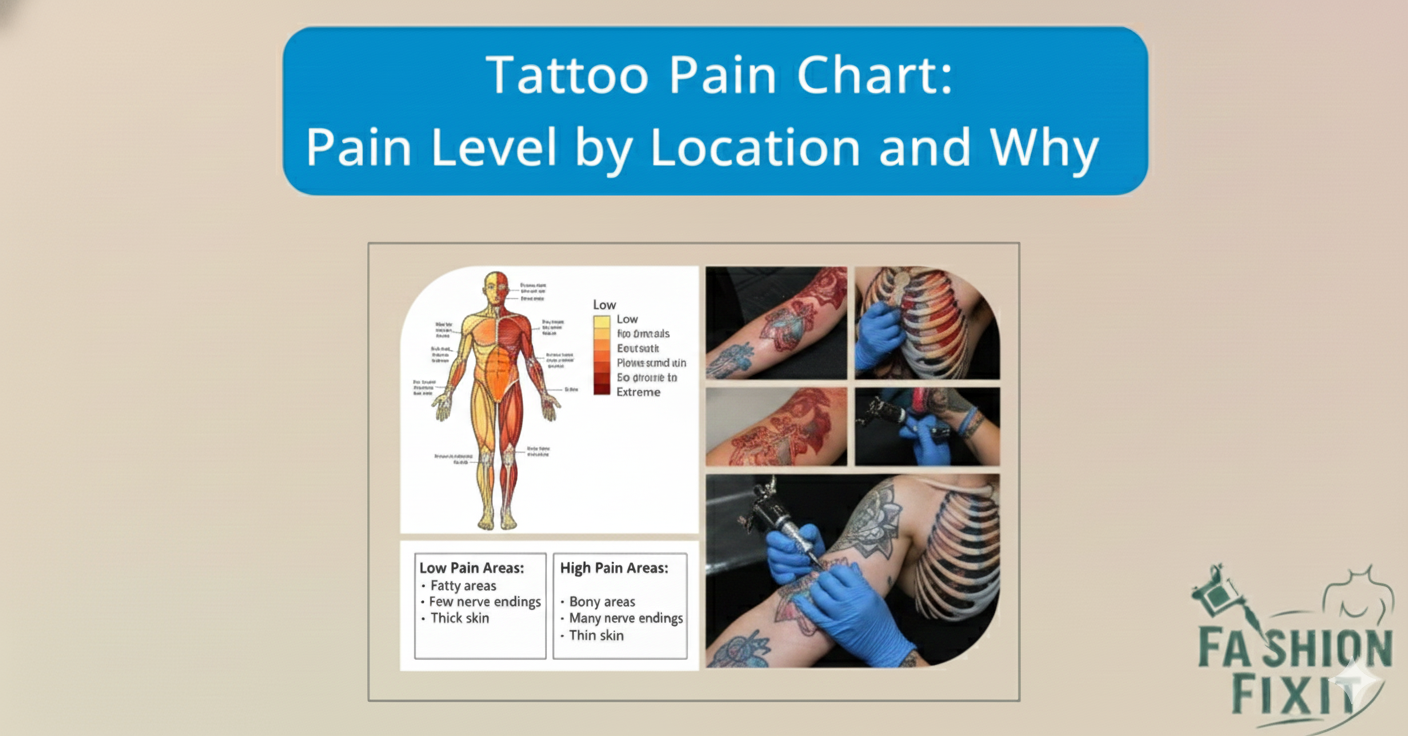
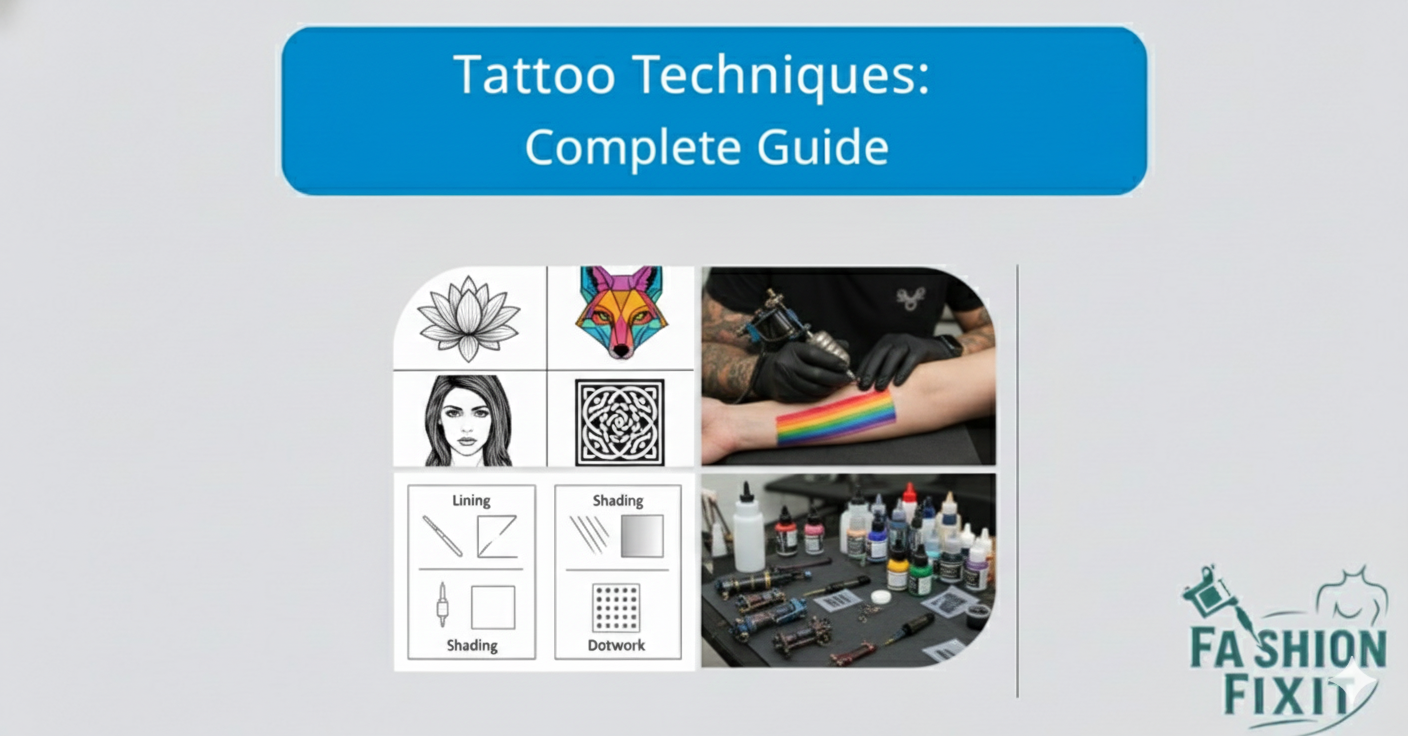
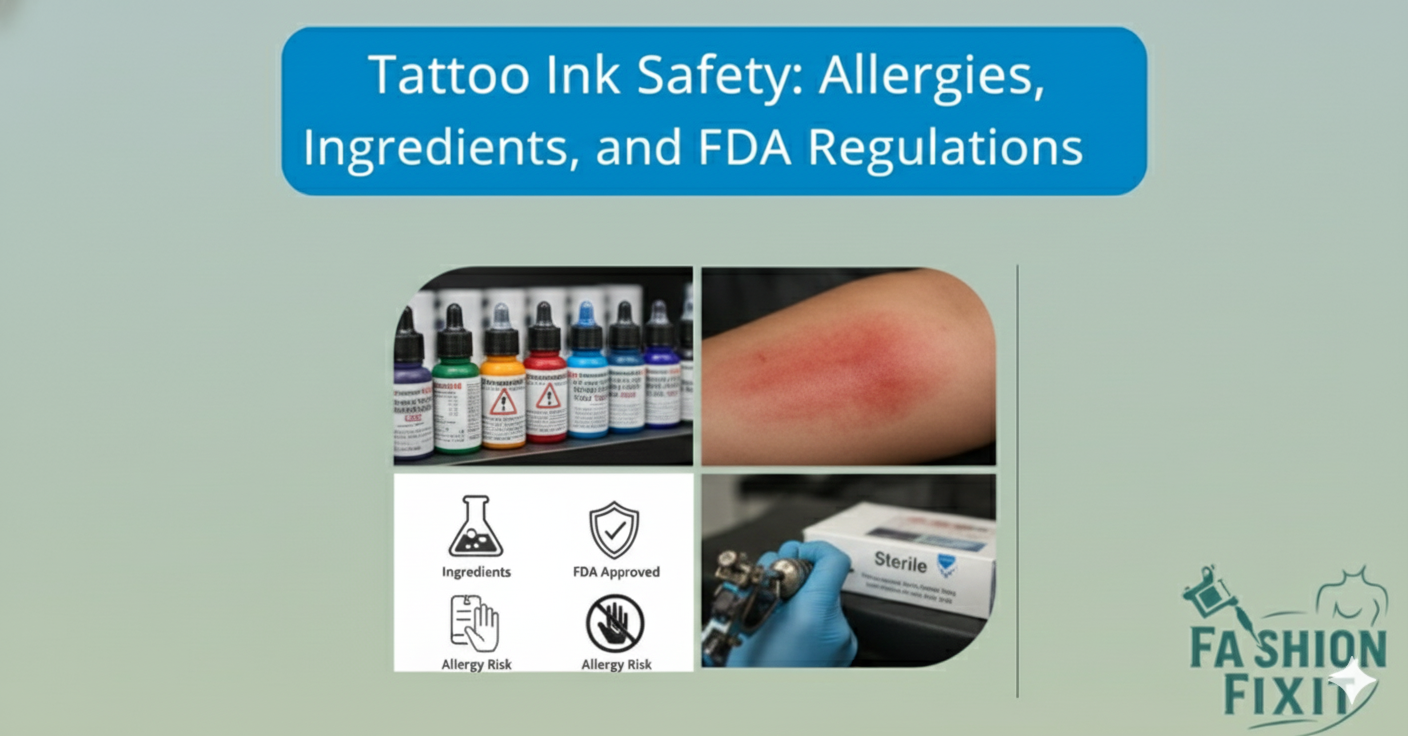
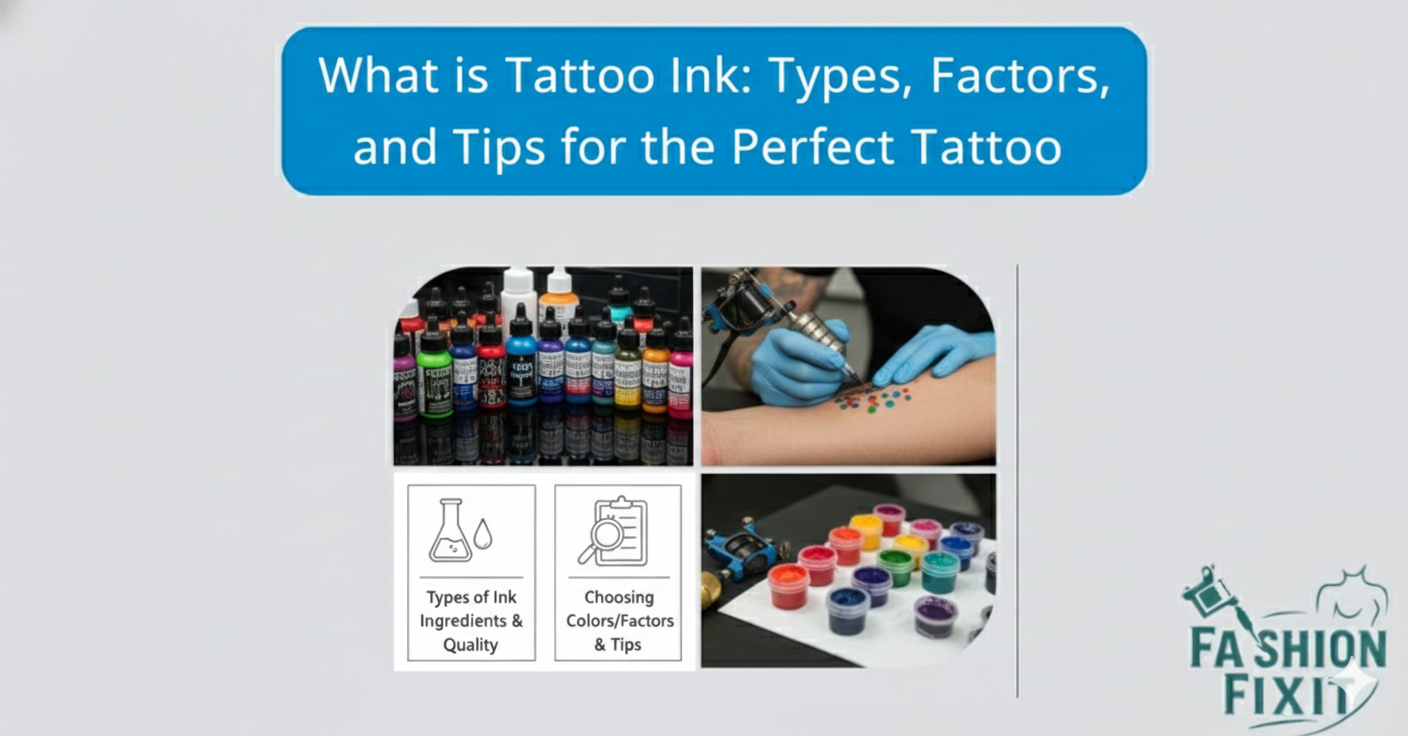
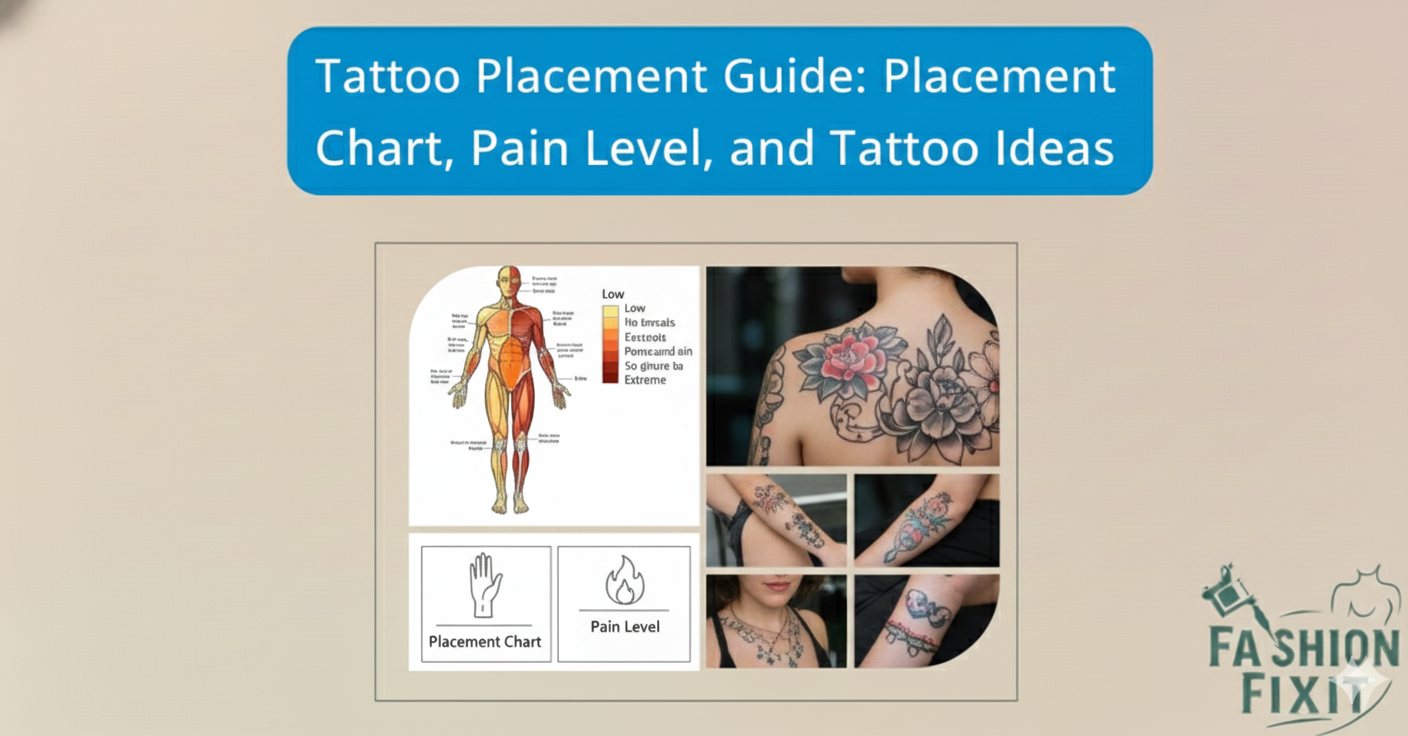
Leave a Reply